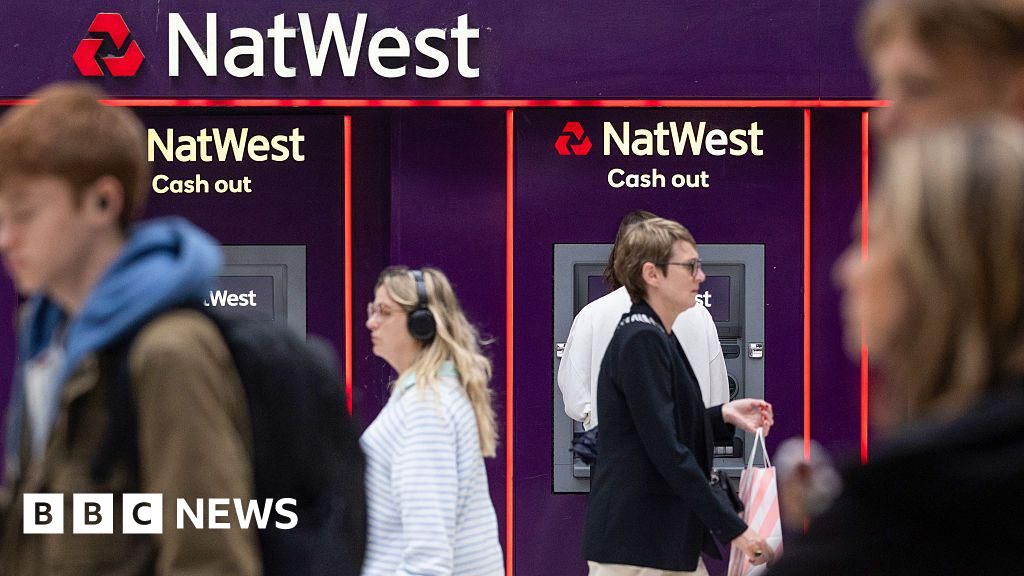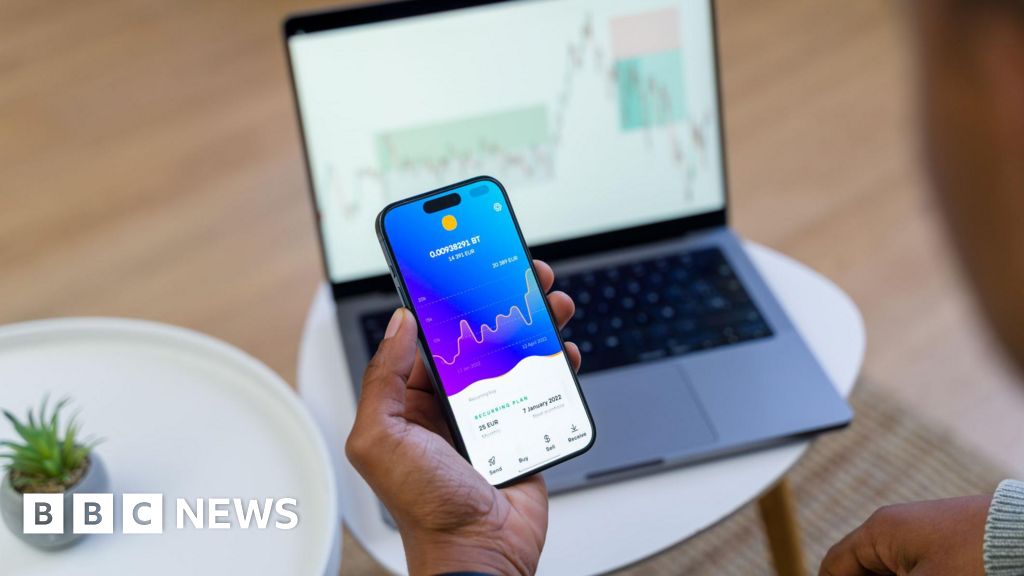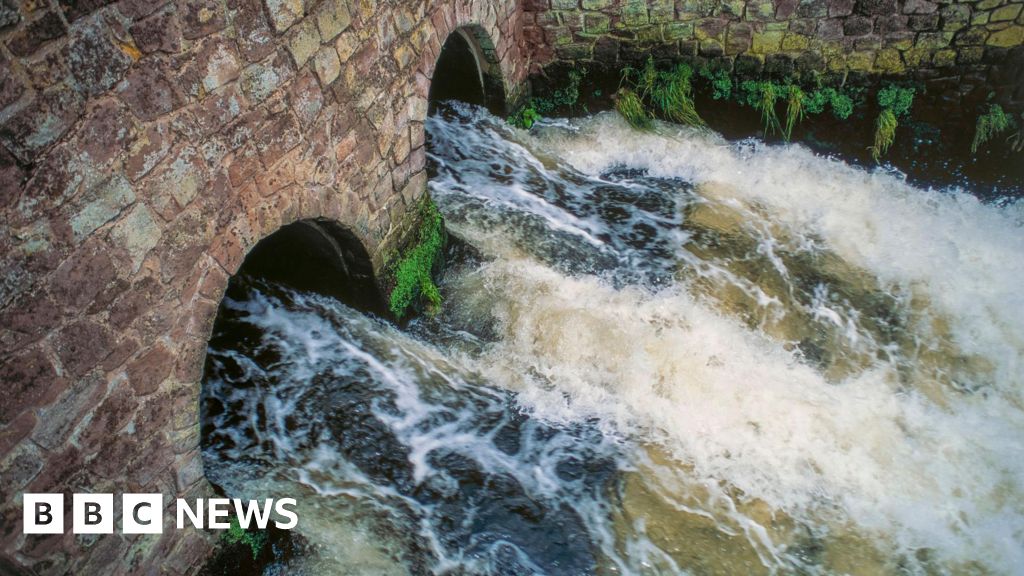ARTICLE AD BOX
By Robert Plummer & Daniele Palumbo
Business reporters, BBC News
For the past 18 months the government has been subsidising the wages of employees hit by the coronavirus pandemic.
The furlough scheme was the centrepiece of Chancellor Rishi Sunak's "unprecedented" intervention in the economy, designed to stave off a wave of job losses as the country closed down in the face of the virus.
It protected the incomes of millions of people across the UK working sectors that could no longer operate, such as live music, nightclubs, the travel industry, business events, hospitality and retail businesses.
Now that scheme is ending, requiring firms to shoulder full responsibility for those employees again or let them go.
During the lifetime of the scheme about 11.6 million jobs were supported, with a steep take-up in the first few months especially.
That doesn't mean the government was ever paying 11 million people's wages at the same time.
According to data from HM Revenue & Customs (HMRC), the number of people on furlough peaked at 8.9 million on 8 May last year. It then fell steadily until late 2020, when it picked up again, without ever hitting the heights of the first lockdown.
Since then, numbers have continued to fall, although around 1.6 million were still relying on the scheme at the end of July, the last date for which figures are available from HMRC.
Big bill
"To all those at home right now, anxious about the days ahead, I say this: you will not face this alone," the chancellor said, announcing the furlough scheme in March 2020.
Although he has since become one of the country's best-known politicians, Mr Sunak was fairly new in his post at the time, and he had just kicked off his chancellorship with a Budget that included a jawdropping a £30bn package to boost the economy and get the country through the virus outbreak.
But it turned out to be nowhere near enough. The Coronavirus Job Retention Scheme, to give furlough its official title, along with other support measures, would end up incurring a far bigger bill, requiring the government to borrow much more than it would in normal times, month after month.
Under the scheme, the government initially paid 80% of the wages of people who could not work, or whose employers could no longer afford to pay them, up to a monthly limit of £2,500.
But by the end of the scheme the government was contributing only 60%, with employers shouldering a 20% share themselves
Overall it cost the government nearly £70bn, but has been praised by the Resolution Foundation think-tank as a "great success", protecting people's living standards and preventing what many feared would be a catastrophic rise in unemployment.
While workers were furloughed in every age group it was younger workers who accounted for a large proportion of those on furlough.
Younger people were more likely to be employed in the sectors of the economy worst hit by the coronavirus lockdown measures including hospitality and retail.
Since March 2020, more women than men have been furloughed although according to the latest figures more men remained on furlough towards the end of the scheme.
Some sectors of the economy made more use of the furlough scheme than others.
With pubs and restaurants particularly badly affected by coronavirus curbs, the hospitality industry saw a high number of workers furloughed.
And non-essential shops were closed at the height of the lockdown, so retailers made big claims on the government's resources. However, some large employers in that sector, notably supermarkets - who remained open during lockdowns, have since repaid the cash.
People working in the arts, entertainment and other leisure activities were also more likely to find themselves on furlough than those in other walks of life.
The scheme was designed to keep people connected to jobs that would return after the pandemic peak passed.
However over the last 18 months some of those on furlough have been made redundant, especially during the period late last year when it looked as though the furlough scheme was coming to an end.
In recent months, as the economy reopened and continued to grow, the number of redundancies has fallen.
Fraud fears
The Resolution Foundation has described the furlough scheme overall as "a very successful and well-implemented policy intervention".
But its recent research suggested there remained a "real risk" to the jobs of those still on the scheme as it ends, particularly for those in parts of the travel sector, which still hasn't returned to normal operation, and for older workers.
And doubts have been voiced in other quarters over some aspects of the scheme.
It has drawn fire from the Commons Public Accounts Committee, which wants all firms benefiting from the scheme to be named publicly in the interests of transparency.
The committee has spoken dismissively of "hastily drawn up economic support schemes" that provided "unacceptable room for fraud against taxpayers".
HMRC, which administered the furlough scheme, has suggested that up to 10% of the money delivered by the scheme to mid-August 2020 - £3.5bn - may have been paid out in fraud or error.
Apart from that, there is the question of whether it has delayed the process of people making the shift from jobs that are no longer viable to take up new opportunities.
The number of vacancies fell sharply during the early stages of the pandemic, but job vacancies are now considerably up on last year with staff shortages affecting several sectors.
Some have blamed furlough for keeping workers out of action during the last few months, waiting to see if their old jobs will still be there for them, when some firms have been desperately trying to recruit new workers.
Are you coming to the end of your furlough? Share your experiences by emailing haveyoursay@bbc.co.uk.
Please include a contact number if you are willing to speak to a BBC journalist. You can also get in touch in the following ways:
If you are reading this page and can't see the form you will need to visit the mobile version of the BBC website to submit your question or comment or you can email us at HaveYourSay@bbc.co.uk. Please include your name, age and location with any submission.

 3 years ago
52
3 years ago
52








 English (US) ·
English (US) ·